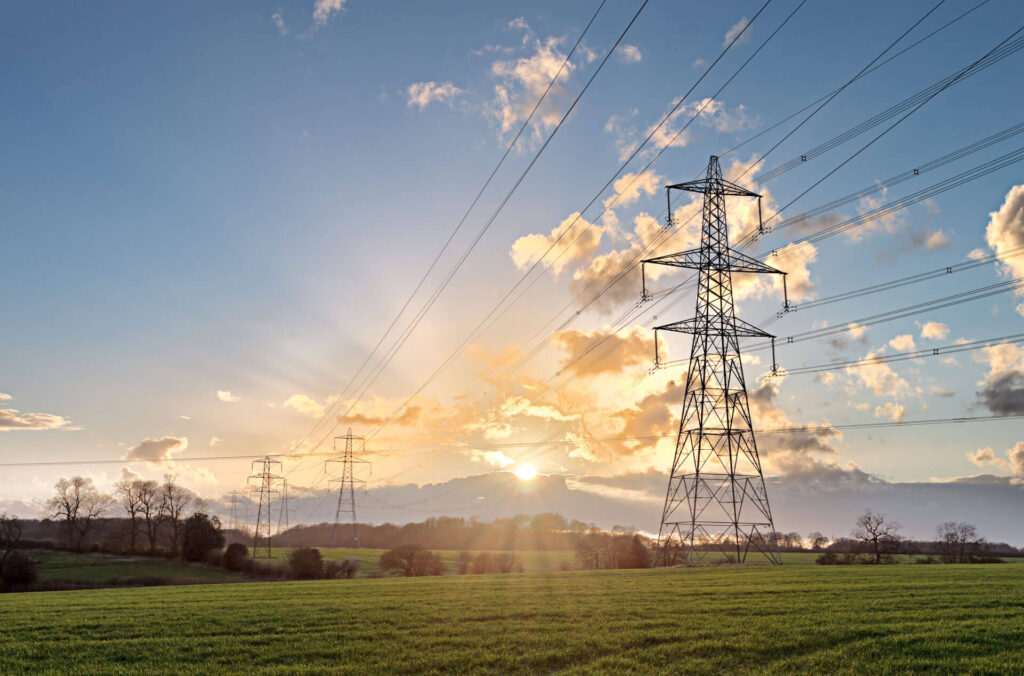OFGEM NIA GUIDANCE
IP Regime Overview
So you are an innovator with an idea that could help transform energy networks?

- When applying for NIA (Network Innovation Allowance) funding, the Project Registration
information will need to detail the expectations of any ‘Foreground IP’ that will be generated
from the Project. - Any contract between the energy network should record the Background IP, Foreground IP, and
Relevant Foreground IP. - The project plan needs to be detailed enough to enable third parties to see if they need to use the
Foreground IP that is generated by the Project. Energy networks must consider the long-term
value to all consumers. The Project consists of the research, development and demonstration of
the method to implement the Foreground IP. - Background IP refers to all the IP owned or licensed by a Party at the start of a Project. Each
Party must ensure that its Background IP does not infringe any third party IP. - Each Party will retain ownership of its own Background IP and provide a non-exclusive license to
other Parties solely for the Project (both during the Project and after – to the extent needed to use
the Foreground IP). - Foreground IP refers to the unique output of the Project. Each Party will own the Foreground IP
that they create. - If Foreground IP is created jointly, it is shared in the proportion of contribution.
- All other energy networks have the right to use relevant Foreground IP in their network on a
royalty free basis. - Knowledge and learning from the Project must be shared with third parties. This must enable
third parties to reproduce or simulate the outcome of the Project. Knowledge dissemination is
intended to reduce the cost, difficulty and time involved in similar projects. - Relevant Foreground IP means any Foreground IP needed to implement the method(s)
developed/demonstrated as part of the project.
Please Note: The IP Regime Overview is created by EIC to assist innovators, but it is not an offi cial Ofgem resource. It is intended for reference purposes only and EIC recommends that you review the full SIF guidance. There can be some deviations from the standard IP regime, where permitted in the SIF Guidance or where approved by Ofgem.
